The competition is intense. To be noticed and followed by crowds of readers and keep them hungry for content, you’ll need to post all the time. Do you know how often bloggers publish their articles on average? According to orbitmedia.com, about 23% out of 1,000 bloggers post 2-6 articles per week. And most of those articles are at least 500-1,000 words long.
To cut through all the noise, you need to have some of your daily routines automated. This allows you to stay more focused on content writing instead of spending hours on making visuals or proofreading. That’s why finding the best tools matters so much.
To simplify your choice, below is a list of 20 tools that will assist you in content creation. These tools help you polish every piece you write, avoid self-repetition and distribute your freshly cooked posts on social media.
Editing tools to make your writing sparkle
1. StackEdit
StackEdit is a great tool for converting a text into .html or copying it from WordPress, Google Docs or Word without the formatting changing. It is an in-browser markdown editor created especially for web writers. This tool has many themes, layouts and shortcut combinations to customize your writing. It has a spell-checker that supports many languages and you can sync it with Dropbox and Google Drive. StackEdit also allows posting articles on WordPress, Dropbox, Tumblr and Blogger in a markdown format, .html, or with adjusted formatting using the underscore template engine. If your Internet connection isn’t stable, fear not – this editor has offline functionality.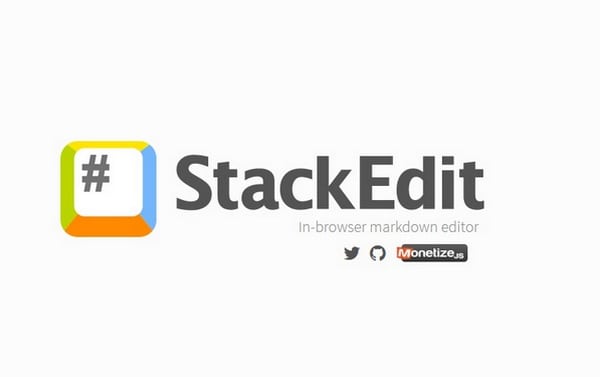
2. Hemingway
This online editing tool remains very popular among writers and bloggers for its convenient text editing system. It highlights sentences and phrases that are too complex, suggests eliminating excessive adverbs and turning passive voice constructions into active voice.Furthermore, the tool has document style settings and even shows a text’s readability score. It has a counter showing total number of words, characters, paragraphs, and sentences so you can tweak a text’s structure if it is lacking readability. The editor’s standalone version is available for PC and Mac. Once all edits are done, you can export a file in a markdown or .html format.
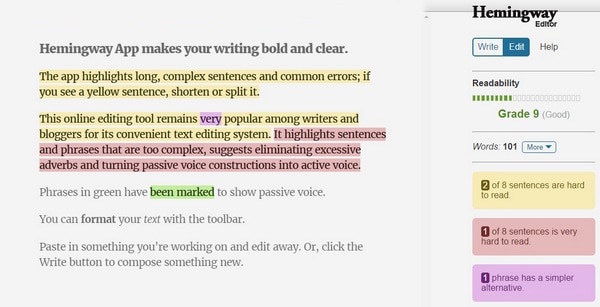
3. Unplag
Although this online similarity finder was created for educators and students, it can also be of great help to content writers. Unplag checks your texts across Internet sources or compares two or more documents or folders against each other. This way you avoid copying someone’s words by accident and also prevent self-plagiarism. The tool highlights duplication and generates reports with links to original sources. Unplag applies a mask spotting text matches from the original source. This will help you find what needs citing or changing fast.
4. Portent’s Content Idea Generator
If you get stuck trying to come up with a catchy headline and have no clue what wording to choose, why not make the most of headline generators? In spite of generating rather simplistic ideas at times, they can inspire you to change the way you intended to deliver your ideas at first. To create a topic, just enter any word related to your future blog post into the search field and voila! You can update search results as many times as needed until the topic is a perfect match for you.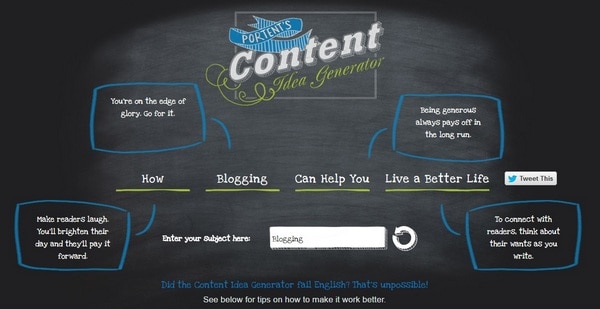
Tools for making visuals to increase engagement
5. Easel.ly
Designing an infographic to visualize certain data or an entertaining message can be time-consuming. But is also worth the effort because this type of content has proved to be highly sharable if done well. To simplify the process of its creation, Easel.ly offers many pre-made templates. You can add, remove and edit each infographic element the way you need it. The tool allows applying a grid so each object or text can be positioned symmetrically. After all tweaks are done, you can download it as a .pdf. Should you need to change an already published infographic, just head to your account and upgrade it.
6. Snappa
There are hundreds of templates for creating graphics to fit social media, newsletters and blog posts. The service claims to add high-resolution photos to its database daily. Snappa stores graphics you create and allows going back to your custom designs whenever you need to edit or re-use their design elements. To glue your fans to your social media page, Snappa offers to schedule image posts via its app. If you are good at photography, you can upload your own masterpieces, tune them up (by adding special effects) and get them posted.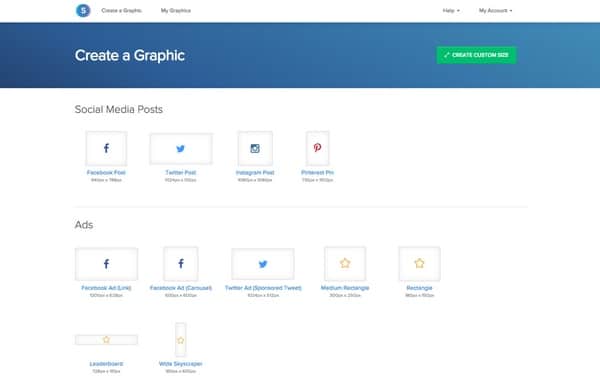
7. Memegenerator
If you have a genius for cracking jokes, then there’s no better choice for you than Memegenerator. The key is to catch the right moment and make a funny meme either from scratch or by using existing templates. Memes have become a cultural phenomena that you can use to spark emotion and drive reach in social media.
8. Camtasia
Videos, and especially video-tutorials, are among the top viewed content on the Internet. But for your blog readers to view and share them, they must be of high quality and show how to achieve a goal with following simple steps. One of the tools suitable for this purpose is Camtasia. It allows recording only those parts of a screen you choose. After recording, Camtasia divides audio, video, and microphone into separate editable tracks. To focus viewers’ attention on the most important things, you can apply special effects such as arrows, text boxes and highlights. The video can be further distributed via your preferred channel such as YouTube or Vimeo.
Tools for getting traffic to your blog posts
9. Buffer
Regular publishing is more than half the battle. To keep in touch with your readers, you need to share your new posts via social media on time. The right time and place do influence the number of reads each article receives. That’s where Buffer comes in handy because it is a social media distribution platform. It is available for iOS and Android, and you can install it as a browser extension. Use Buffer to schedule your content from any device on Twitter, LinkedIn, Facebook, Pinterest, and Google+. Additionally, Buffer offers to create images pre-sized for each major social networking site.
10. CoSchedule
For those of you who make extensive use of Twitter as a content promotion channel and have a blog on WordPress, CoSchedule can be of great help. This plugin turns some of your post passages into tweetable content to be then shared by your followers. It is simple and extremely useful.
11. Yoast SEO for WordPress Plugin
Though there are still many debates about the real value of SEO for content, you need to still take into account the keywords your readers search for. It doesn’t imply that your blog content should be over-stuffed with such search queries. Thus, to understand whether you’ve optimized your content well enough, use an SEO plugin like Yoast. It includes keyword analysis, page content analysis and suggestions on how to tune it up. Among its features is also a sitemap support to help Google and Bing index your blog faster.
12. Google Search Console
To progress you always need to analyze what’s behind the rise and fall of traffic to your website. Google Search Console provides detailed analytics on the frequency of your blog visits. They allow sorting out data by country and device, and find out what search queries your blog guests usually type in. You can also choose posts that lack traffic and “beef them up” by adding links to them from other websites or posts.
Tools for planning your blogging activities
13. Wunderlist
To get in the habit of planning your blogging activities well ahead is crucial. Digital organizers can help you tackle many tasks with ease. Wunderlist is among such tools. It can keep your ideas well structured and remind you of other tasks you need to do. Wunderlist can also transform your emails into to-do lists, move them between folders and add notices. Share your lists with others, or print them out with just one click.
14. Google Calendar
Most of us use Gmail, and many have also gotten used to using Google Calendar for planning. Why not turn it into a daily planner for your blog publications as well? Schedule posts for exact times and dates, and write down topic ideas for upcoming posts. The calendar allows you to make to-do lists and schedule events. Furthermore, you can sync a calendar on your mobile device with your Google Calendar.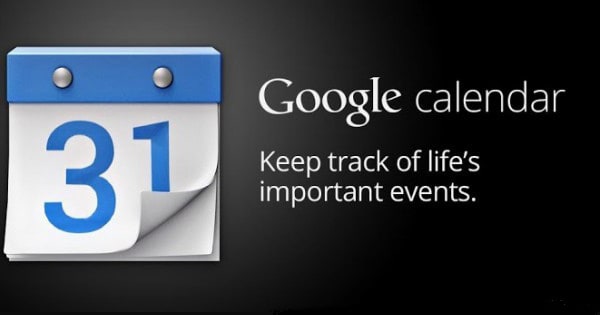
15. Trello
Should you be fond of stickers, you will definitely find this tool helpful. Divide your digital cards with notes into four categories: ideas, to do, doing, done. Drag and drop them the moment their status has changed. The tool has an intuitive user-interface and allows uploading files from Google Drive, DropBox and OneDrive. You can also set a date and time for when a card is “due”.
16. Dropbox
What can be better than an online file storage accessible from any device? Quite often you save documents on your PC and later wonder why you didn’t store it in your Google Drive. With DropBox you won’t have these problems. Moreover, the tool is good for exchanging videos of big sizes and working jointly on the same presentation or post.
Tools for inspiration
17. Feedly
With this tool you can always stay aware of the latest news related to your interests and domain of expertise. Feedly lets you create your own feed by following blogs, authoritative websites, and YouTube channels. Set keyword alerts for your blog, article, or name mentions to know who is talking about you.
18. Twitter Trending Topics
This is one of the sections on your Twitter homepage that gathers information about the most up-to-date topics. You can even filter them by location and Twitter pages/users you follow. You can also take advantage of hashtag searches for the content relevant to your professional sphere. By reading tweets, you will be more aware of the issues that peak people’s interest and have more chances to strike a chord with your readership.
19. Alltop
Alltop is a never-ending source of inspiration. It contains publications of top sites and keeps them categorized by topics such as Tech, Culture, Sports, Science and Fashion. According to Alltop, you have a chance to make a personal collection of 32,000 information sources.
20. Reddit
In spite of its rather primitive user-interface, Reddit is still used across the globe to discuss burning topics. You as a blogger will benefit much from taking part in its discussions, and can even go there for expert advice. Many bloggers and writers use this platform to observe which headlines get the most responses from readers.
These 20 tools can become your reliable assistants and bring much relief when thinking up new topics or designing infographics and other content. Keeping fresh content flowing is one of the biggest challenges you face, so use these tools to meet that challenge head-on!
Author: Leona Hinton https://www.dreamgrow.com/best-content-writing-tools/
Which of these 20 tools have you successfully used in content creation? Please take a moment to share in the comments section below.

Have you tried the INK platform? I started out hooked on the Hemingway platform However, as optimization becomes more important, my articles need some more help with SEO. INK has been helping me make a huge improvement in this area. Would love to see your experiences on the Hemingway platform versus INK...}}
ReplyDelete